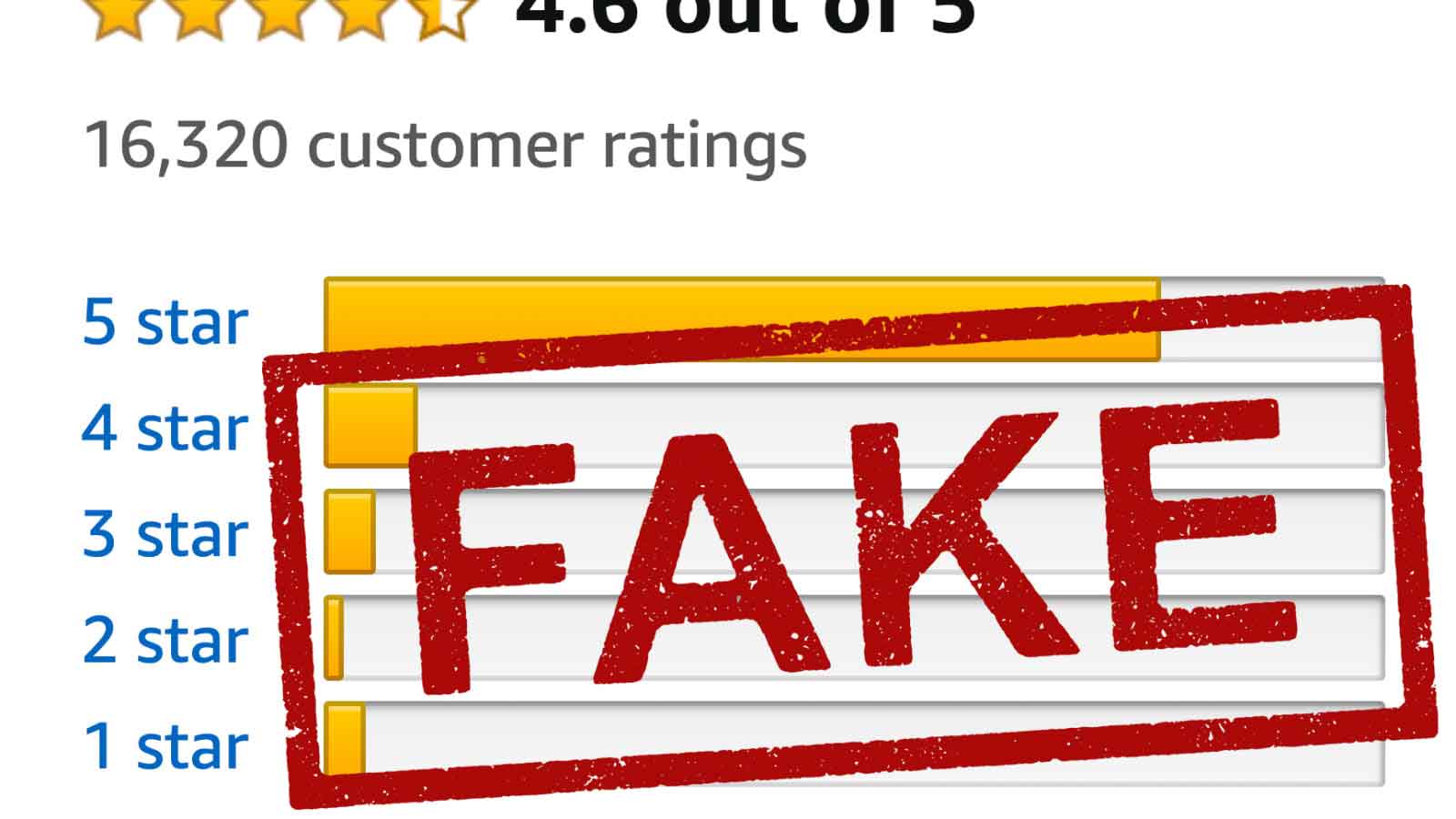May 2022

Google Reviews are the gold standard of online reviews and everyone wants as many 5-star reviews as possible. But sometimes you find yourself having to manage a bad one due to a poor experience or worse: a fake review or one left by mistake. Learn how to handle negative reviews professionally by responding promptly, taking discussions offline, and staying constructive. Discover how to report fake reviews to Google with proper policy citations, and help customers correct accidental reviews using your Google Review link.

When your customers indicate on your LoyaltyLoop Promoter survey the other products or services they're interested in, they are displayed on your Opportunities page. Following up on your leads should be a routine part of your customer feedback process. Critical to lead follow-up is ensuring that your leads are good. Consider changing your product awareness question wording to "Which services would you like to learn more about?" to improve lead quality. Use Feedback by Question to track product popularity and identify seasonality trends.

The old launch@loyaltyloop.com email method is being sunset on June 30, 2022. We announced two new ways to help you get your contact data into LoyaltyLoop: Launch Pad and your unique Launch File Email Address. Launch Pad is where you can stage your to-be-surveyed contacts and easily upload your survey launch data inside LoyaltyLoop. Your unique Launch File Email Address automatically associates your launch data with your account when you email files to it.

Your Google reviews are unique to your business and help tell your company's story. They demonstrate your customers' feelings and opinions and represent the relationship between you and your customers. Managing your Google reviews provides social proof that your business is one from which customers want to buy. A solid reputation of positive reviews converts cold leads to warm leads. Even how you handle negative reviews professionally demonstrates your ability to receive criticism and build trust with potential customers.

Transparency is paramount in the business world and your reputation is built on trust. Buying online reviews is a big mistake. Once trust is lost between a business and its customers, it can be an arduous process to regain this trust and reestablish a transparent relationship. Fake reviews have the opposite effect on customers than business owners intend - customers view the business as dishonest and unable to generate genuine positive reviews. This practice violates all third-party review platform terms of service. Generate genuine quality reviews using a service rather than buy fabricated ones.